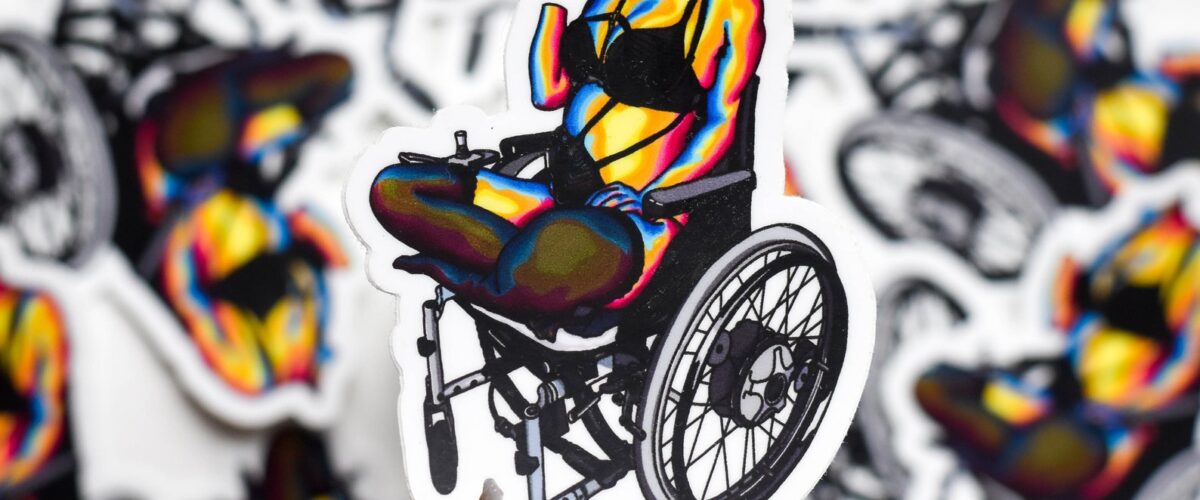What are pronouns for LGBT? What are some commonly used pronouns? She/her/hers and he/him/his are a few commonly used pronouns. Some people call these “feminine” and “masculine” pronouns, but many people avoid these labels because not everyone who uses he feels “masculine.”
Are Pansexuals male or female? Pansexuality is the romantic, emotional, and/or sexual attraction to people regardless of their gender. Like everyone else, pansexual people may be attracted to some people and not others, but the gender of the person does not matter. People of any gender identity can and do identify as pansexual.
What are the 78 gender pronouns?
He/She — Zie, Sie, Ey, Ve, Tey, E. Him/Her — Zim, Sie, Em, Ver, Ter, Em. His/Her — Zir, Hir, Eir, Vis, Tem, Eir. His/Hers — Zis, Hirs, Eirs, Vers, Ters, Eirs.
How many pronouns are there?
| Gender |
Subject pronoun |
Object pronoun |
| female |
she |
her |
| neuter (things, animals) |
it |
it |
| male / female (plural) |
we |
us |
1 more row
What does the U stand for in Lgbtqu? Some use LGBT+ to mean “LGBT and related communities”. LGBTQIA is sometimes used and adds “queer, intersex, and asexual” to the basic term. Other variants may have a “U” for “unsure“; a “C” for “curious”; another “T” for “transvestite”; a “TS”, or “2” for “two-spirit” persons; or an “SA” for “straight allies”.
What are pronouns for LGBT? – Additional Questions
How many sexes are there?
Based on the sole criterion of production of reproductive cells, there are two and only two sexes: the female sex, capable of producing large gametes (ovules), and the male sex, which produces small gametes (spermatozoa).
How many gender pronouns are there now?
Wikipedia’s gender-neutral pronouns page lists 14 “non-traditional pronouns” in English, though three are variants of “ze”. Other online resources for the non-binary community, however, offer hundreds of options.
What are the 12 personal pronouns?
There are 12 personal pronouns for a person or group, and they are: I, you, he, she, it, we, they, me, him, her, us and them.
How do you pronounce Xe XEM?
Explain It:
- xe/xem/xyr – pronounced “zee/zem/zeer” Used in a sentence: “Xe doesn’t want ketchup with xyr fries.”
- ze/hir/hirs – pronounced “zee/heer/heers” Used in a sentence: “Ze doesn’t want ketchup with hir fries.”
- fae/faer/faers – pronounced “fay/fair/fairs”
- ey/em/eir – pronounced “ay/em/heir”
How many pronouns are there?
There are seven types of pronouns that both English and English as a second language writers must recognize: the personal pronoun, the demonstrative pronoun, the interrogative pronoun, the relative pronoun, the indefinite pronoun, the reflexive pronoun, and the intensive pronoun.
What is it called when you use all pronouns?
Someone who’s agender might use they/them/their pronouns, but they could also use she/her/hers or he/him/his pronouns. They could even use a mix of pronouns or neopronouns.






